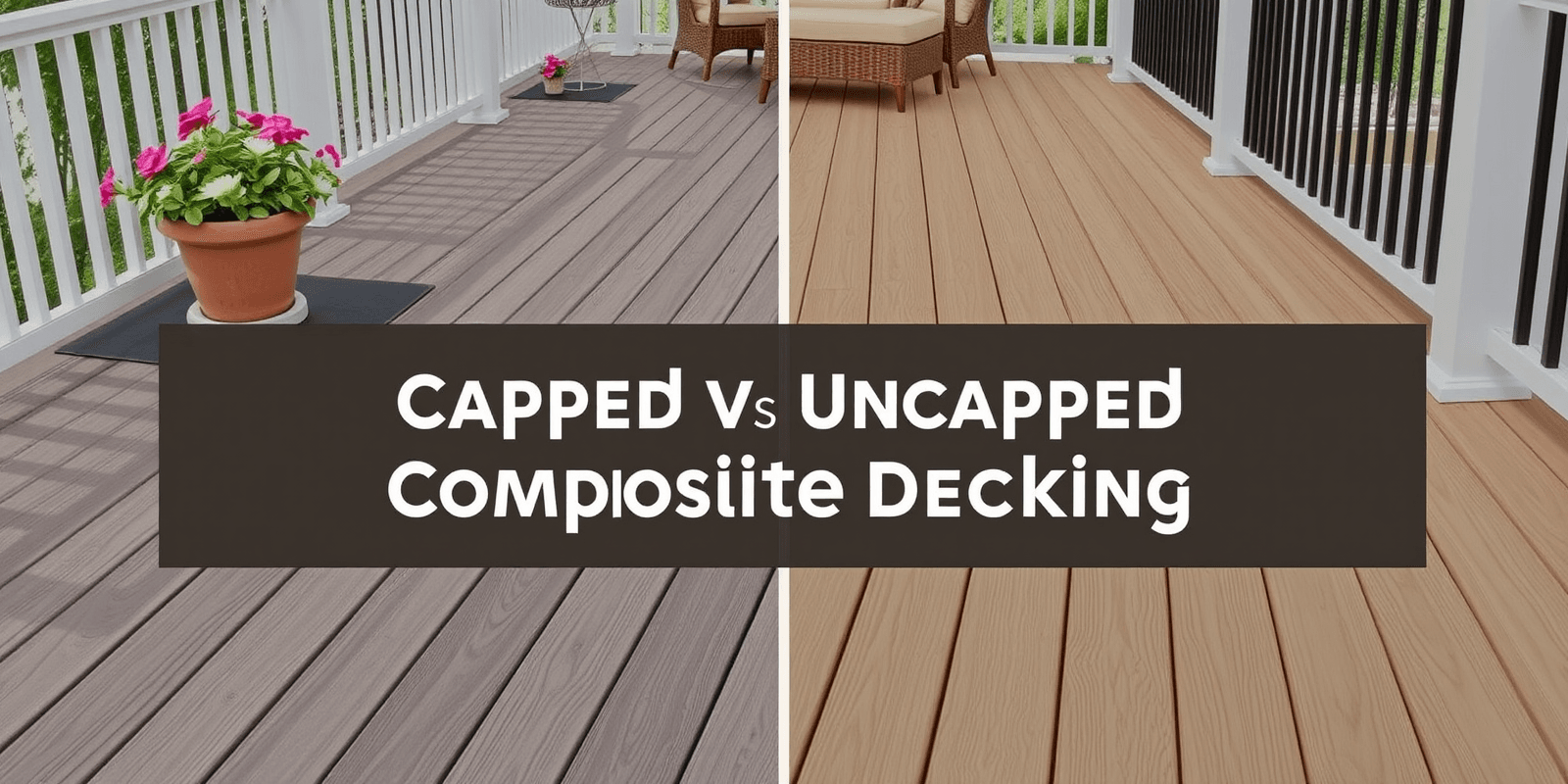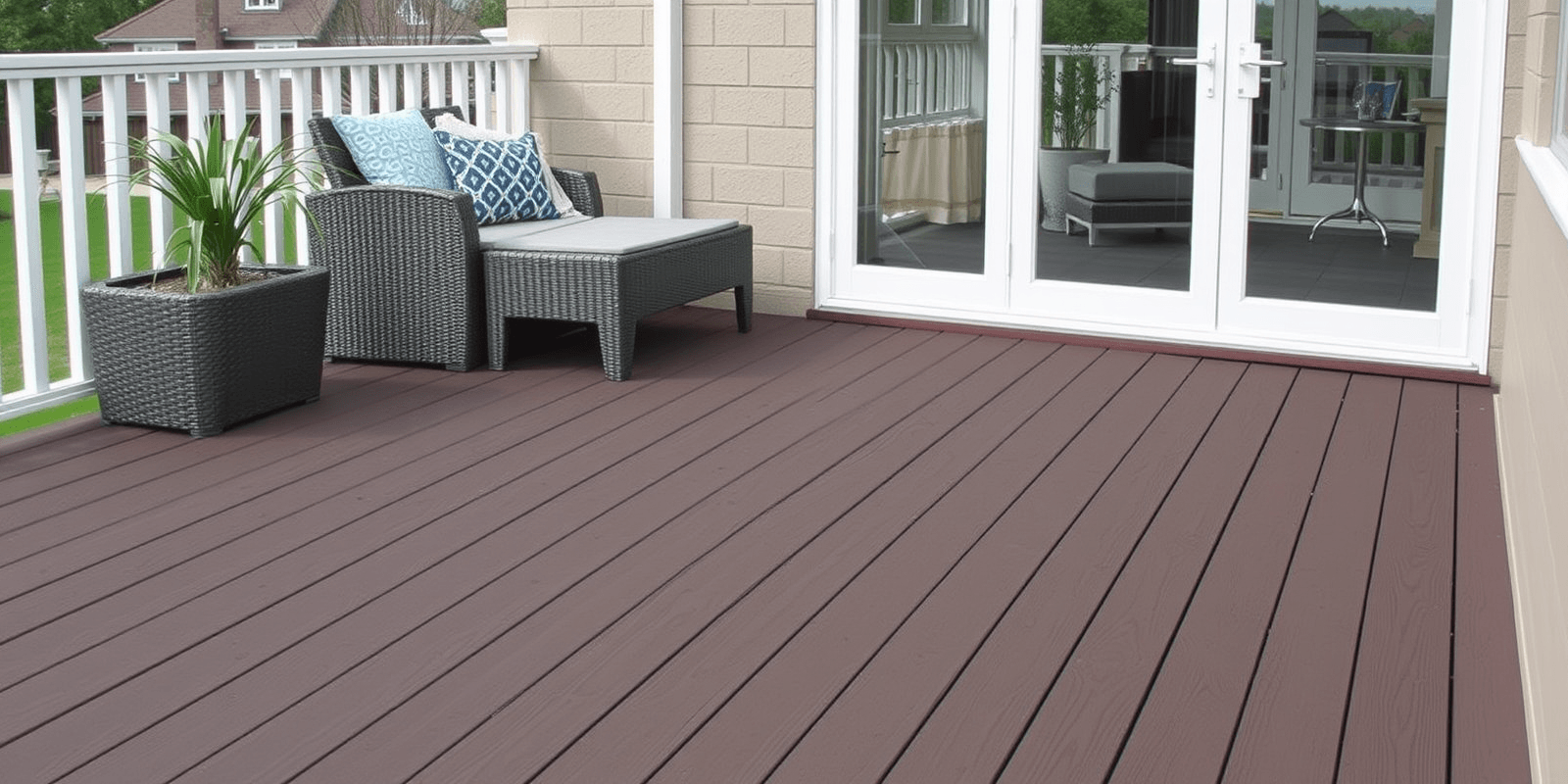“`html
Capped vs Uncapped Composite Decking: Which is Right for You?
Introduction
Composite decking has become increasingly popular among homeowners due to its durability and low maintenance requirements. When choosing between capped and uncapped composite decking, understanding the differences can help you make an informed decision. This article will analyze the advantages and disadvantages of both options, focusing on factors like climate conditions and personal preferences.
What Does Capped or Uncapped Mean for Composite Decking?
Composite decking is made from a mixture of wood fibers and plastic. The term “capped” refers to an additional protective layer applied to the surface of the composite material. This layer is designed to enhance durability and resistance to weathering, stains, and scratches. In contrast, uncapped composite decking lacks this protective layer, relying solely on the inherent properties of the composite material.
Advantages of Capped Composite Decking
- Enhanced Durability: The protective cap significantly increases the lifespan of the decking by resisting fading, scratching, and staining.
- Low Maintenance: The cap reduces the need for regular cleaning and maintenance, making it ideal for busy homeowners.
- Improved Appearance: The cap can be designed to mimic the look of natural wood, providing an attractive aesthetic that many homeowners prefer.
Disadvantages of Capped Composite Decking
- Higher Cost: Capped composite decking is generally more expensive than uncapped options due to the additional manufacturing process.
- Potential for Peeling: Over time, the protective cap may peel off if not installed correctly or exposed to extreme conditions, leading to premature degradation.
Advantages of Uncapped Composite Decking
- Lower Cost: Uncapped composite decking is often less expensive, making it a cost-effective choice for budget-conscious homeowners.
- Environmental Impact: Some manufacturers use recycled materials in uncapped composites, which can be appealing to environmentally conscious consumers.
Disadvantages of Uncapped Composite Decking
- Higher Maintenance: Without the protective cap, uncapped composite decking requires more frequent cleaning and maintenance to prevent staining and fading.
- Less Resistant to Weathering: Uncapped composite decking may be more susceptible to damage from UV rays, moisture, and temperature fluctuations.
Choosing the Right Option
When deciding between capped and uncapped composite decking, consider your local climate conditions and personal preferences. If you live in an area with harsh weather conditions or high levels of sunlight exposure, capped composite decking may be the better choice due to its enhanced durability. On the other hand, if you are looking for a more budget-friendly option and don’t mind performing regular maintenance, uncapped composite decking could be suitable.
Additionally, consult with a professional installer who can provide valuable insights based on their experience and knowledge of local conditions. They can help you weigh the pros and cons and make an informed decision that meets your specific needs.
Conclusion
Both capped and uncapped composite decking offer unique benefits and drawbacks. By understanding these factors and considering your specific circumstances, you can choose the right option for your home. Whether you prioritize durability, aesthetics, or cost-effectiveness, there is a composite decking solution that can meet your expectations.
“`



